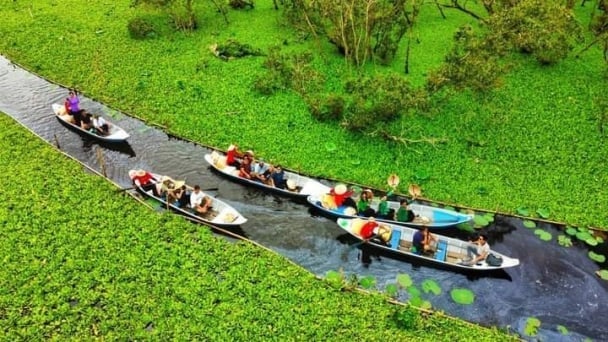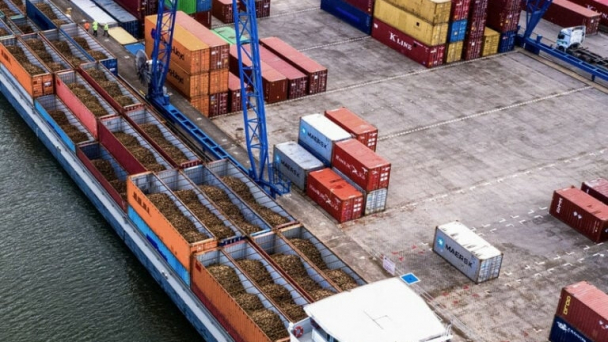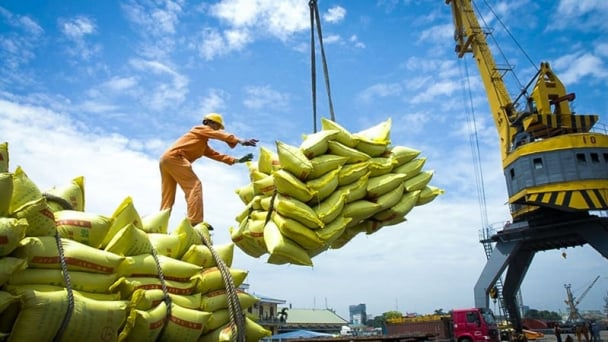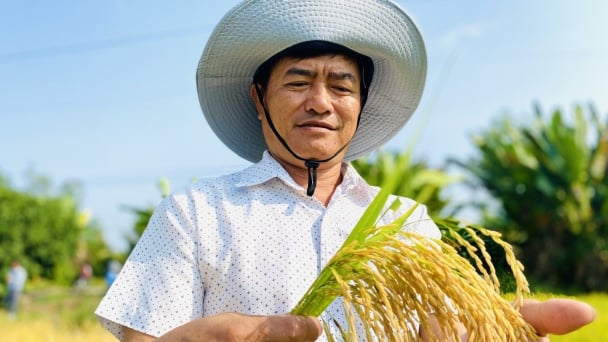June 1, 2025 | 02:28 GMT +7
June 1, 2025 | 02:28 GMT +7
Hotline: 0913.378.918
June 1, 2025 | 02:28 GMT +7
Hotline: 0913.378.918

Tijssens said: “Together with the dedicated colleagues at FAO, we are building a science-based approach to support safe and sustainable animal nutrition that delivers affordable, high-quality food to a growing population. Photo: Canva.
Representatives from the international feed industry sector and the Food and Agriculture Organisation (FAO) have reaffirmed their commitment to work together to advance safe, nutritious and sustainable feed and food production.
At a meeting in Rome at the end of November, International Feed Industry Federation (IFIF) chairman Ruud Tijssens and director of Animal Production and Health Division, Thanawat Tiensin, spoke of ongoing partnerships and achievements.
Tiensin stressed the “vital role of the feed and livestock sector in driving sustainable transformation”, highlighting the importance of partnerships across public, producer, private and sectoral boundaries.
Several topics were discussed at the meeting, which highlighted the collaborative efforts of the IFIF and FAO. These included:
Tijssens said: “Together with the dedicated colleagues at FAO, we are building a science-based approach to support safe and sustainable animal nutrition that delivers affordable, high-quality food to a growing population. By producing more with less, and better across diverse production systems, we are making strides towards the United Nations Sustainable Development Goals.”
Daniella Battaglia, FAO animal production officer, welcomed the collaboration, particularly in areas such as feed safety capacity development and the containment of antimicrobial resistance.
(Poultryworld)
/2025/05/29/5625-12-214801_567.jpg)
(VAN) Provincial mergers in the Mekong Delta promise to streamline administration, expand inter-provincial raw material areas, and foster close linkages in agricultural value chains, benefiting both businesses and cooperatives.

(VAN) Merging Mekong Delta provinces contributes to the expansion of agricultural raw material areas, addressing previous constraints caused by provincial boundaries. Additionally, this expansion will reduce costs and strengthen linkages between businesses, cooperatives, and farmers.
/2025/05/29/1043-2-153730_145.jpg)
(VAN) The Government's policy to merge provincial-level administrative units opens up major opportunities for the Mekong Delta region to reshape its agricultural development strategy toward large-scale production, effective regional linkages, and sustainability.

(VAN) The mutual export of agrifood products between the European Union (EU) and the United Kingdom (UK) must occur again without certification, border controls or other red tape. This was agreed at the UK-EU summit.
/2025/05/22/5121-2-173645_677.jpg)
(VAN) NBSAP Tracker identifies strengths and areas for improvement in the National Biodiversity Strategy, based on each region’s priorities and capacities.

(VAN) The draft amendment to the Circular on rice export trading stipulates a periodic reporting regime for rice exporting enterprises.

(VAN) Dong Thap farmers attained an average profit margin of 64% during the summer-autumn 2024 crop (first season), while An Giang and Kien Giang farmers followed with 56% and 54%, respectively.